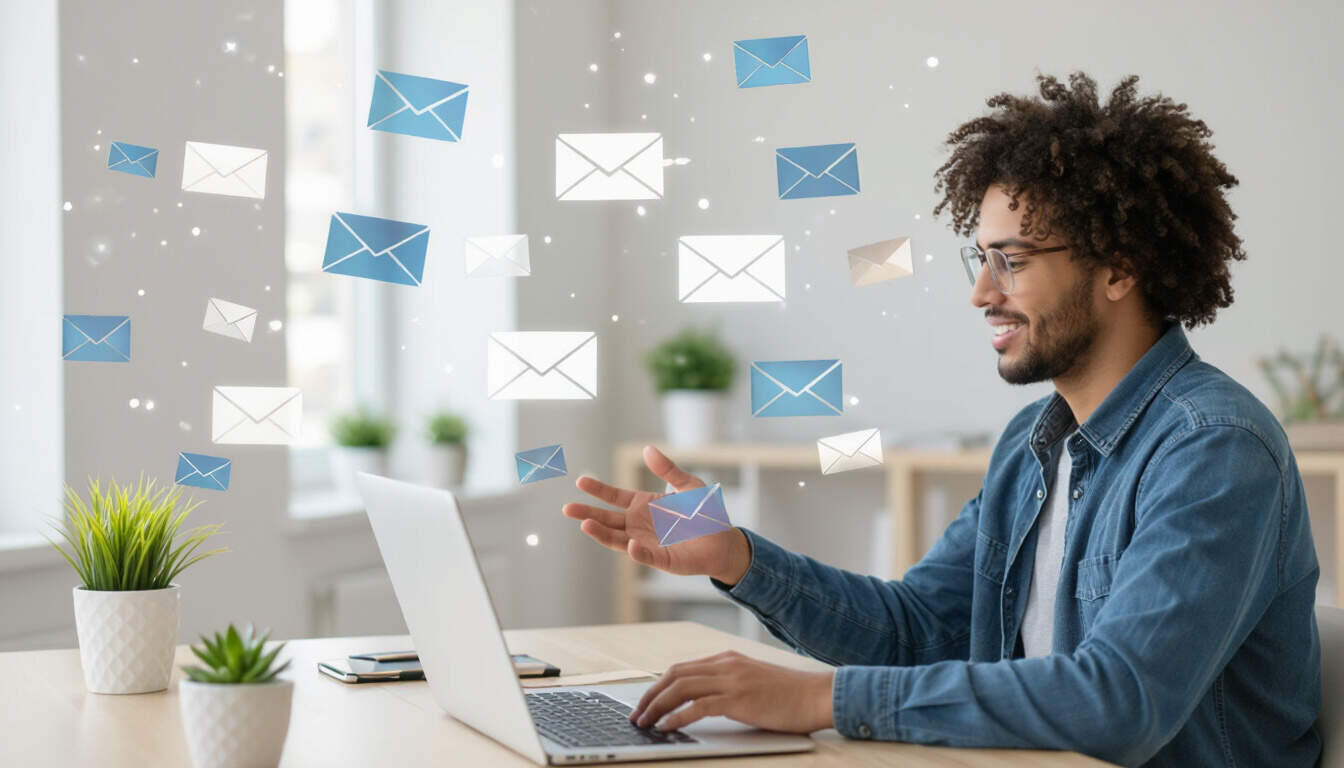Email Marketing Strategies for Solo SaaS
 by Max Miller
by Max Miller
Explore how email marketing drives growth for solo SaaS projects, with practical steps to build campaigns, engage users, and measure success. Learn key tactics to connect with customers and scale your business effectively.

Email marketing remains a key tool for solo SaaS developers looking to grow their projects. It helps reach users directly and build lasting relationships. For instance, a solo developer might use it to notify subscribers about new features or updates.
In the early stages of a SaaS project, email can serve as a primary way to communicate value. A developer building a simple task management app could send targeted emails to early sign-ups, sharing tips on getting started. This approach fosters engagement and retention.
To start, focus on building a quality email list. Begin by offering incentives like free guides or exclusive content in exchange for sign-ups on your website. Once you have a list, segment it based on user behavior, such as active users versus those who haven't logged in recently.
Next, consider the tools needed. Options like Mailchimp or Sendinblue provide affordable plans for solo operators. These platforms allow you to create campaigns without needing advanced coding skills. For example, set up automated sequences that welcome new users and follow up after a trial period.
A step-by-step guide can make this process straightforward. First, define your goals: Do you want to increase sign-ups or promote upgrades? Then, craft your content. Keep messages concise and focused on user benefits. For a SaaS tool like a productivity app, an email might highlight how it saves time for busy professionals.
Real-world examples show the impact. Take a solo developer who created a budgeting software. By sending bi-weekly emails with financial tips and product updates, they saw a 20% increase in user retention within three months. This demonstrates how consistent communication can lead to better outcomes.
Building Effective Campaigns
When designing campaigns, prioritize personalization. Use data from user interactions to tailor messages. For instance, if a user frequently uses a specific feature in your SaaS app, reference it in your email to make it more relevant.
Timing matters too. Send emails at optimal times based on your audience's habits. Analyze open rates and click-through data to refine your schedule. Over time, this data-driven method can improve results.
Incorporate calls to action that are clear and direct. Phrases like "Start your free trial" encourage immediate responses. Avoid overwhelming subscribers with too much information; aim for one main point per email.
For solo SaaS builders, automation is essential. Set up workflows that handle routine tasks, freeing you to focus on development. For example, create a series of emails that drip content over weeks, nurturing leads into paying customers.
Measuring Success
Tracking performance is crucial. Monitor metrics such as open rates, click rates, and conversions. Tools in your email platform can provide these insights. If an email campaign for your SaaS product yields low engagement, adjust the subject lines or content based on feedback.
Consider A/B testing as a simple way to optimize. Test different subject lines or layouts to see what resonates. A solo developer running an e-commerce SaaS might test emails with product recommendations versus general updates, then choose the higher-performing version.
Challenges can arise, like deliverability issues. Ensure your emails comply with regulations such as GDPR to maintain trust. Regularly clean your email list by removing inactive subscribers to keep rates high.
In practice, a developer of a remote team collaboration tool used segmented emails to target different user groups, resulting in higher engagement and feedback that informed future updates. This highlights the role of email in iterative improvement.
Best Practices for Long-Term Growth
To sustain efforts, maintain a consistent schedule without spamming. Aim for quality over quantity. Integrate email with other aspects of your SaaS, like in-app notifications, for a cohesive experience.
Finally, gather feedback through surveys in your emails. Ask users what they like about your SaaS or how it can improve. This not only provides valuable insights but also strengthens user loyalty.
By applying these strategies, solo SaaS developers can effectively use email to drive growth and build a loyal user base.
